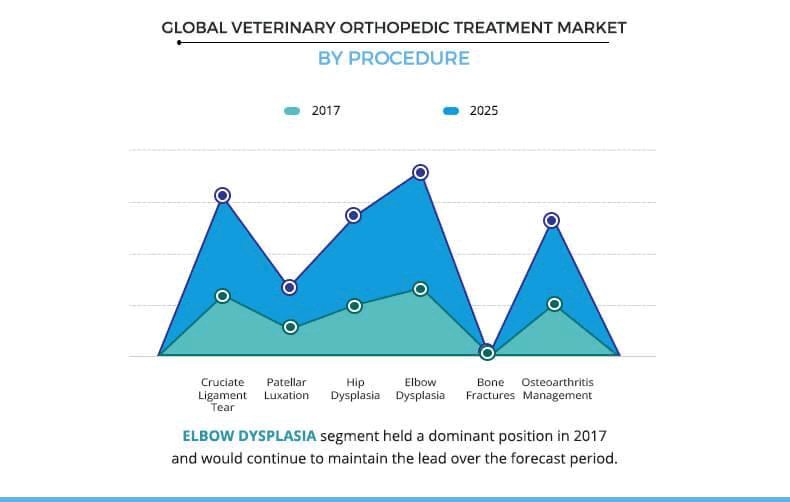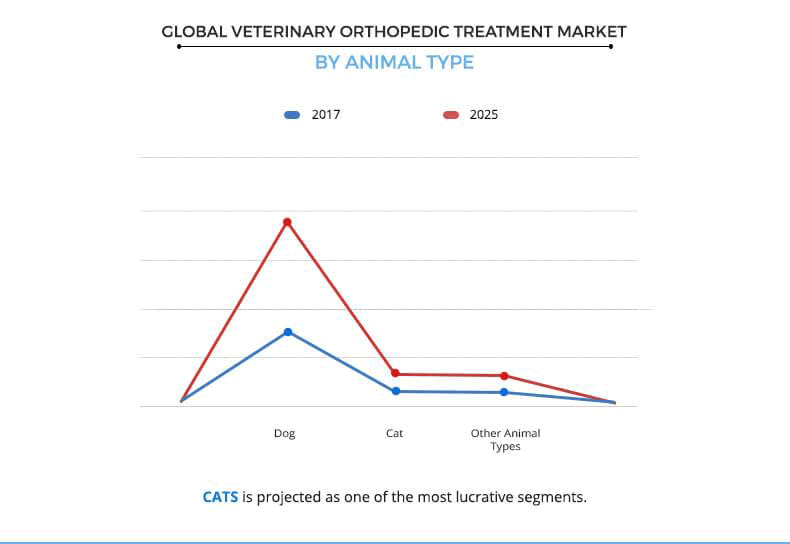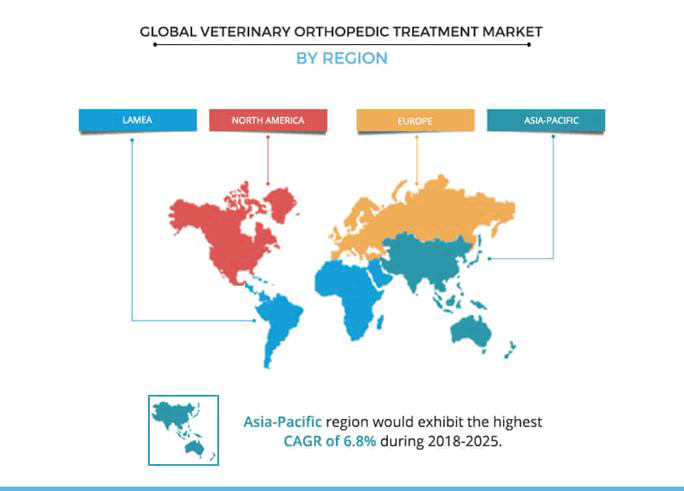Keywords
Livestock can refer to any breed of animals raised by humans for a commercial purpose. This can include domestic animals, semi-domestic animals and wild animals. The term livestock does not include poultry or fish farming. Domestic animals include alpaca, camel, cat, cattle, dog, donkey, horses, mule, and sheep. An example of a semi domestic animal would be a reindeer; an example of a wild animal is bison.
The economic value of livestock includes meat, dairy products, fibre, and fertilizer. In terms of fibre, sheep and goats produce wool and mohair. Fertilizer or manure is used on fields to increase the production of crops and is also used in fuel for fire and to make plaster. For years livestock was used for labor, as is still the case in emerging economies. The power of animals has been essential for transporting goods and ploughing fields. Animals such as horses, donkeys and yaks have all been used for mechanical energy. The issues concerning the raising of livestock for human benefit highlights the relationship between humans and animals. Animal welfare is the perspective that humans should make certain that animals do not suffer needlessly. Animal welfare groups focus on the livestock raising practices and the regulations of the industry. Animal rights groups believe that it is exploitation to use animals for human benefit. Animal rights groups would like to abolish livestock farming. Livestock diseases have been a concern in the industry. Diseases have been known to reduce productivity, infect humans and hurt animals. Antibiotics and vaccines are often used to help animals tolerate sickness and disease, but doing so raises additional issues and health concerns.
The global veterinary health market is valued at $24.80 billion in 2014. Expected to grow at a CAGR of 7.86% to 2019, the demand for animal healthcare products and services globally is set to reach $34.39 billion by 2019.
The market is segmented based on type of species (Farm Animals, Companion Animals) and by type of products (Vaccines, Paraciticides, Anti-infective, Medicinal Feed Additives, and other pharmaceuticals). Based on geography, the market is divided into North America, Asia- Pacific, Europe and the rest of world. Europe is the leading market in animal healthcare followed by North America because of more consumption of meat and dairy products. Italy has the highest market share in Europe region followed by UK. Asia-pacific and other developing regions hold a major revenue pocket in this market. Countries such as India, China and Brazil will be the major contributors to the market.
With the world population predicted to reach 9 billion in 2050, it has been projected that the global poultry production will have to quadruple, the cattle population will increase to about 2.6 billion (from 1.5 billion in 2000), and the global goat and sheep population from 1.7 billion to about 2.7 billion over the same period. This places an unprecedented pressure on maintaining the health and sustainability of the flock which should be addressed by sound veterinary research.
Market share concentration in the Veterinary Services industry is low, with the four largest organizations expected to account for a combined market share of 11.9% in 2014-15. Only the largest player in the industry is estimated to have a market share of 5%. Private firms in the industry tend to be small, independent practices or veterinary surgeries, with 62.3% of industry operators employing fewer than 10 people. Veterinary surgeries tend to operate on a local basis throughout Britain, focusing on either pets or farm animals. This limits the scope for market penetration by individual firms and leaves room for a large number of operators in the industry.
Food borne diseases such as Campylobacteriosis and Salmonellosis cost the UK respectively £538m and £14m per annum. In one year alone, at the height of the BSE crisis, more than £3.5 billion were spent in the UK to control and deal with the disease, whilst the Foot and Mouth epidemic cost the UK £8 billion in just 7.5 months. Whereas financial losses associated with zoonotic outbreaks are measured in billions of pounds, research investment is limited to the low millions. Even so, UK veterinary teams have been performing remarkably well– it is estimated that the Bluetongue vaccination programme in 2008 has saved £460 million and 10,000 jobs in the UK, not to mention countless animal lives.
Two fast growing markets assure an estimated £80bn turnover in Europe alone: The pet food and equine sectors.
In the UK, the pet food market caters for about 20 million pets, which are present in 46% of households. Despite a recession economy, this industry has been growing steadily: in 2010 the overall growth of the industry was of around 2%, with 0.3% yearly growth in the volume of product sold. In the wider EU-27 context, 196 million pets are being provided for by 650 companies, which not only provide jobs and wealth but also purchase 2.75 million tons of agricultural by-products thus adding value to material that would otherwise have to be disposed of.
Another highly performing sector is the equine market. Constituting one of the only examples of growing industries in rural areas today, the equine industry is the largest spender in the British countryside and employs directly and indirectly over a quarter million people. Equine sports are popular (second only to football in the UK) and highly profitable: in the EU, a job is created for every 3-10 horses, and each animal provides an annual turnover of €5,000 to €12,000. In the UK alone, the industry generates around £325m for the Government in taxation revenue.
Given the high performance of the sector, it is of no surprise that the healthcare of the circa one million horses and ponies in the UK is of critical importance. Appropriate equine veterinary care helps to secure Britain’s “highly regarded” position in the international racing market, a fact that is illustrated by its supply of top ranked thoroughbred racehorses (16% market worldwide).
Market Dynamics
The growth of the global veterinary orthopedic treatment market is majorly driven by increase in ownership of companion animal across the world. Other factors that boost the market growth include rise in number of obesity cases in pets and growth in animal healthcare expenditure. However, factors such as high cost of surgeries and lack of animal health awareness hamper the market growth. Conversely, advancements in therapeutics and diagnostic products and no requirement of government approvals for veterinary devices are expected to provide lucrative growth opportunities for the market.
Market Segmentation
The global veterinary orthopaedic treatment market is segmented into procedure, animal type, and region. Based on procedure, the market is divided into cruciate ligament tear, patellar luxation, hip dysplasia, elbow dysplasia, bone fracture, and osteoarthritis management. Elbow dysplasia segment accounted for the largest market share in 2017 and is expected to continue this trend throughout the forecast period. On the other hand, bone fractures segment is anticipated to grow at the highest CAGR during the forecast period.

Based on animal type, the market is divided into dog, cat, and other animal types. Dog segment accounted for the largest market share in 2017 and is expected to continue this trend throughout the forecast period. On the other hand, cat segment is anticipated to grow at a high CAGR during the forecast period.

Snapshot of LAMEA Bone Grafts and Substitutes Market Rise in pet ownership coupled with increase in awareness regarding animal healthcare drives the growth of the veterinary orthopaedic treatment market in the LAMEA region. In addition, the market growth is driven by upsurge in animal healthcare expenditure owing to rise in disposable income. However, certain strict policies related to keeping a pet in rented apartments may hamper the growth of veterinary orthopedic treatment market in this region.
The key players profiled in the report include Adobe Animal Hospital, Allandale Veterinary Hospital, Boca Park Animal Hospital, Broadleys Veterinary Hospital, Goddard Veterinary Group, Mars, Incorporated, Northwest Veterinary Specialists, The Animal Medical Center, School of Veterinary Medicine (University of Pennsylvania), and Upper Canada Animal Hospital.
The other players in the value chain include Airpark Animal Hospital, Adams Animal Hospital, and Palo Verde Animal Hospital. These players have not been profiled in the report but can be provided on request.
Key Benefits for Veterinary Orthopedic Treatment Market:
The study provides an in-depth analysis of the global veterinary orthopedic treatment market with current trends and future estimations from 2017 to 2025 to elucidate the imminent investment pockets. Comprehensive analysis of factors that drive and restrict the market growth is provided.
Identification of factors instrumental in changing the market scenario, rise in opportunities, and identification of key companies that can influence this market on a global & regional scale are provided.
Key players are profiled and their strategies are analyzed thoroughly to understand the competitive outlook of the market.
Veterinary Orthopaedic Treatment Key Market Segments:
By Procedure
Cruciate Ligament Tear
Patellar Luxation
Hip Dysplasia
Elbow Dysplasia
Bone Fracture
Osteoarthritis Management
By Animal Type
Dog
Cat
Other Animal Types
By Region
North America
U.S.
Canada
Mexico
Europe
Germany
France
UK
Italy
Rest of Europe
Asia-Pacific
China
Japan
India
Australia
South Korea
Taiwan
Rest of Asia-Pacific
LAMEA
Brazil
Turkey
Venezuela
Saudi Arabia
Rest of LAMEA





